NYC is a sinking city, going under. People wade through water in the subways. Rather than spend trillions to maintain this sinking ship, we should tax it to death, and rebuild on higher ground.
The solution to NYC comes in the form of a Federal Climate Property Tax. The Federal Climate Property Tax will tax all residents of the NYC area. This will help encourage voluntary relocation, and the proceeds of the tax will help “climate refugees” find new housing elsewhere.
On top of this tax, four additional restrictions could speed up this process within NYC:
Eliminate food stamps. This would affect 20% of the population.
Eliminate the payout of social security checks. This would affect 13% of the population.
Eliminate the use of Medicare or Medicaid. This would affect 27% of the population.
Eliminate federal funding on public schools. This would affect the one million students living in the city as well as their parents.
what if we do nothing?
Let’s take a look at the rising cost of tropical storms.

New York and New Jersey have had six storms which cost more than $5 billion1 in damages over the last century:
The 1938 New England Hurricane
The Great Atlantic Hurricane (1944)
Agnes (1972)
Irene (2011)
Sandy (2012)
Isaias (2020)
These six storms totaled $142.1 billion in damages.
For the cumulative yearly average since 1938, the minimum value was $0.39 billion per year. As of 2024, the cumulative yearly average was $1.63 billion per year.
If nothing is done over the next 10 years, New York storms should be expected to cost between $3.9 billion and $16.3 over the next 10 years, given historical trends. This would be the equivalent of 0.4 to 1.8 Hurricane Sandys occurring over the next 10 years.

The costs calculated here are spread out over a large area, spanning much of the New England coastline, not just NYC. Not all of these costs would be ameliorated by the depopulation of NYC, since many other cities on the coast would remain to be damaged in future storms.2
If a storm hits NYC, it also hits other places too. However, since 56% of the flood zone during Hurricane Sandy was contained within New York, and most of that within NYC, it’s reasonable to assume a yearly average of $0.22 - $0.92 billion dollars of damage when excluding other areas.
Let’s check this estimate against a more thorough and state-specific data-set. In this case, let’s use death-data rather than direct cost estimates, and convert death-data into a cost estimate.
The reason to use death-data rather than historical cost estimates is for a few reasons:
America was less wealthy in the past. Since America has become wealthier, if we are trying to predict future storm damage, it is useful to look at deaths and figure out what the damage would have been back then if the city was as developed as it is today.
Estimates of damages in the past are difficult to ascertain, and open to a wide degree of subjectivity. In many cases, buildings were uninsured, and there was no accounting for damage to many private properties. By using death-data and deriving expected economic cost from it, we are accounting for this historical under-reporting.
There were 38 hurricanes in the history of New York state which caused deaths. For Hurricane Sandy, the ratio of economic damage to death was $1.67 billion per death. Using this ratio for all other storms, the total cost of all 38 storms in New York state from 1821 to 2021 comes out to $482.6 billion.

The minimum cumulative yearly average cost was $0.39 billion, and the cumulative yearly average cost was $2.4 billion as of 2021. This validates our previous estimate as a likely underestimate rather than an overestimate.3 With climate change, there is the possibility that these costs could increase significantly.
so, how much does it cost to move?
In NYC, the cost to move might include the following:
Labor: $2200
Truck rental: $200
Packing supplies: $200
Storage unit: $300
Cleaning service: $150
Travel fees: $100
Insurance: $250
First, last, and deposit (FLD) for a new apartment (New York prices): $7,400
Total cost to move: $10,800
This is a significant overestimate, since New York has some of the highest rents in the country. If we moved New Yorkers to Kansas, they could get by with a FLD of $3,000, bringing down the total cost of moving to $6,400. But we could use the higher figure to account for some kind of intangible emotional damage and stress.
what is the cost of stress?
This seems like an impossible question to answer, but:
UMASS Lowell estimates that job stress causes $300 billion in damages per year. Since there are 163 million workers in America, we can estimate that job stress causes $1,840 of damages per year, or $7 per work day.4
The California Health Care Foundation estimates that, untreated, the stress of childbirth costs $32,000 per birth over five years.5
It would be ridiculous to say that the stress of moving is equivalent to the stress of childbirth, but in this analysis, I want to make sure I am not underestimating. We also have to consider that these New Yorkers need to find new jobs; they may become separated from family members or social connections; and they may lose sexual or romantic relationships in the process of moving. Let’s assume that it would cost $42,800 for a person to leave NYC.
Since there are 8.2 million people in NYC, the total cost for all people to leave NYC would be $353.4 billion, or $89 billion if we ignore the cost of moving related stress.
Thankfully, we don’t have to force New Yorkers to move. Rather, we can provide smaller incentives for New Yorkers to leave voluntarily and gradually.
nyc congestion.
Storms are only one of the problems with NYC. There is also the problem of congestion. Congestion costs NYC $11 billion per year. This is partially because NYC is a series of islands separated by bodies of water, which makes building new roads expensive, since they must either be bridges or tunnels.
If all of the people and buildings in NYC were moved somewhere else, it would be much easier to build new roads connecting different parts of the city together.
Relatively speaking, if NYC included 20 million people, it doesn’t have a very high cost of congestion per person, and it is only beaten by Houston. However, this is a bit deceptive, since Houston doesn’t have a subway system.
As mentioned previously, NYC is going underwater. Maintaining the subway, and fighting flooding, costs billions of dollars. Rather than investing additional money in NYC’s failing transportation system, it would be wiser to depopulate and rebuild the city elsewhere.
The Metropolitan Transportation Authority (MTA) operates at a net loss of $3 billion per year.
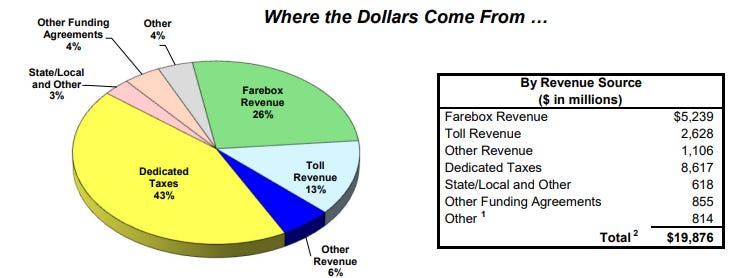
$8.6 billion in taxes is dedicated to subsidizing the failing MTA. This is still not enough to cover the deficit.
If the MTA was discontinued tomorrow, congestion would explode. There are potentially 5 million people who take public transportation every day in NYC. If those people were forced to buy cars and drive, it would multiply the number of cars on the road by 2x — that is, if New Yorkers could even afford to buy cars, and find places to park them. Considering that it costs $12,000 a year to operate a car per year, this would be an additional fiscal burden of $60 billion a year — and at that point, simply deporting millions of New Yorkers sounds much more efficient.
Public transportation is bad. It costs money; it never makes a profit; it is inefficient and wasteful. The smaller one can make public transportation, the better. The optimal amount of public transportation is 0. If the MTA was eliminated, congestion in the city would triple, resulting in a total congestion cost of $33 billion, or $1,650 per person.
In order for the MTA to be financially self-sustainable, toll and farebox revenue would need to more than double. Currently, customer payments only cover 39% of the budget. The resulting increase would be 2.56x. This would be a monthly increase of $206 per commuter. For 3.6 million subway riders, that would be a collective increase of $8.9 billion per year to make the MTA economically self sufficient.
8 years to depopulate NYC.
Because the NYC public transportation system is extremely wasteful and a net loss, and because storm damage is likely to increase over time due to global warming, the forced depopulation of all New Yorkers would become fiscally net-neutral over the course of 8 to 31 years.
This is assuming that the government will pay New Yorkers between $10,800 to $42,800 to leave the city and go somewhere else. But the depopulation of NYC could be accomplished much more cheaply if the government simply adopted the following policy:
Offer every resident of NYC $2,000 to establish residency elsewhere in the country.
Then, establish a “new residency” tax of $2,000 for every new resident of NYC.
This would mean that existing residents of NYC wouldn’t be “forced out;” if they wanted to remain in NYC, nothing would change. However, many people who were on the fence about leaving would take the $2,000 and leave more quickly. This $2,000 could be increased incrementally over several years to incentivize more and more people to leave. It would be a semipermeable membrane or kind of “reverse osmosis,” where people would be encouraged to leave, but not to add to the demographic burden.
what about all the infrastructure?
The sunk cost fallacy, applied to NYC, sounds like this:
We already built all these skyscrapers, roads, electrical lines, water pipes, gas pipes, and so on… If we don’t use them, it will be a waste!
Here’s why this is a fallacy.
First of all, these things need to be maintained. They are not hunks of granite which will stick around for millennia. Roads crack and split due to the freezing of ice; pipes rust and burst; technicians have to work around the clock to repair constantly failing infrastructure. It doesn’t help that everything is cramped together into a city grid designed for horses and buggies on the edge of a flood zone.
What people don’t understand about infrastructure is that, even if it is made of steel and copper and concrete and glass, it is not like an ancient golem in a crypt which can be left alone for a million years and reactivated with a magic gem. Rather, city infrastructure is like an organic body which is continuously degrading and requires healing.
A city is more like a plant than a rock. Since this plant needs to be watered, the infrastructure has a limited shelf life, and is depreciating. Trying to rehabilitate NYC is like fixing your car that has 300,000 miles on it because you don’t want that initial investment to go to waste. Sometimes it’s more efficient just to buy a new car.
Now, imagine that an asteroid was headed toward NYC in six months, and there was no way to stop it. Would you advocate that people remain in NYC, or would you advocate the quickest evacuation possible?
Now imagine that there was a smaller asteroid which would destroy only 50% of the city. It would still be a good idea to evacuate the entire city. Now, in a third scenario, imagine that an even smaller asteroid would come and destroy 10% of the city. It would still be wise to evacuate the entire thing, just to make sure.
In the case of an asteroid, we are talking about a potential loss of life, which complicates things. In reality, the problems facing NYC are mostly economic — congestion and storm damage. Sure, people die in car crashes and storms, but not enough to justify evacuating the city.
The main reason to evacuate NYC is because the sooner we do so, the more orderly the evacuation can be, and the more orderly the rebuilding can be.
In these two pictures, compare NYC with Hays, Kansas. The line on both maps is 5 miles in length. Whereas New York is a complex series of rivers, canals, and flood zones, Hays is a wide open plain without much going on. NYC is 302.6 mi2. Ellis County, Kansas, is 900 mi2, enough space for three new NYCs.
Given that the cost of moving all New Yorkers out is $89 billion, the cost of buying Ellis County, Kansas, is almost trivial in comparison, only $3 billion. In other words, for the cost of the MTA budget deficit, NYC could afford to buy Ellis County and begin rebuilding there.6
The total cost of building new housing for 8.2 million people would be between $1.9 and $4.1 trillion dollars. However, New Yorkers currently spend $3,931 per month, or $47,172 per year, on rent. Collectively, New Yorkers spend approximately $389.5 billion on rent per year. This is an overestimate however, because not all New Yorkers rent. Assume a lower bound of $132 billion when accounting for the lower cost of mortgages.
The benefit of moving all New Yorkers to Kansas is that many renters would now either own their own housing, or the housing could be rented out to absorb some of the costs of building.
Given the exorbitant prices of rent in NYC, building 8.2 million new units of housing in Kansas would pay for itself in 11 to 14 years by saving residents trillions of dollars in rent and mortgage payments.
The same argument could not be made in a place like Miami, where a significant part of the property value is the ocean view, the beaches, and the sun. New York technically has beaches and an ocean view, but they are fairly polluted, cold, and ugly for most of the year. The aesthetics of NYC have more to do with the buildings than with the harbor or the sound.
what do you do with an empty city?
New York City is situated in one of the most unique coastal environments in the world. It is home to rare species of wildlife and waterfowl. As New Yorkers flee the city, they will leave behind tracts of parking lots, apartment complexes, and office buildings. As depopulation proceeds, property values will plummet.
The losers in this arrangement are the landlords and slumlords. With everyone leaving, the only buyer available will be the federal government.
As the federal government buys up more and more property in New York, the structures will be bulldozed and turned into parkland, with the goal of turning New York City into one massive central park.
what about other cities?
One could argue that NYC is not the only city which requires an exodus. As New Yorkers find new homes, their relocation to neighboring coastlines, in Connecticut or New Jersey, would merely reproduce an existing problem.
The simplest way to avoid this would be to tax all coastal properties, to phase out coastal populations, and move Americans inland where the environmental risks are more manageable.
At the very least, the Federal Climate Property Tax should be assessed to the sale of properties, to discourage moving into these areas.
move the poop, too.
The coast should not be a dumping ground of human refuse. NYC sewage systems are designed to dump “treated” fecal matter into the ocean. Yet up to a third of the time, this sewage is treated so poorly that it makes the water unsafe to swim in.
Fecal matter is organic matter. Since the dawn of civilization, human waste has been used as fertilizer. Soil is the largest carbon sink in the world. Soil which is rich in organic content traps and stores CO2. Soil microbes absorb air pollutants. The trees, plants, shrubs and grasses that soil hosts are the lungs of the earth.
Agriculture, deforestation, and other factors have degraded and eroded topsoil at alarming rates. Globally, 52% of agricultural land is already degraded.
By moving cities away from the coast, we can harness human waste in restoring organic matter in our soil, rather than uselessly (and dangerously) dumping it in our oceans.
what would be the political effects?
Moving massive numbers of New Yorkers into the American interior would result in a huge political transfer of urban values into rural and suburban spaces.
The average New York voter is 69% Democratic, as per the 2024 election.
Only 23.05% of New Yorkers voted in 2024 though. This is partially because some of them weren’t eligible (not citizens, not over 18), but also because NYC has the 2nd lowest voter participation rate in the country.
When 6.3 New Yorkers move to another state, we can expect that state to gain 1 net vote for the Democratic Party.
New York has 28 electoral votes. Assume that if NYC was depopulated, the rest of the state would vote Republican. But with these refugees, Democrats could flip 85 other electoral votes.
By dumping hundreds of thousands of New Yorkers around America in strategic zones, Democrats would gain 57 more electoral votes. Kamala only needed 43 more votes in order to win, so it turns out that depopulating NYC is great for Democrats.
In practice, it would be hard to get NYC refugees to go directly and exactly where they need to go. Assume instead that NYC refugees follow the patterns of internal migration generally.
Each year, 26 states experience net positive migration, with a total of 3.9 million “internal migrants.” If New Yorkers follow this migration pattern, then no states would be flipped, because Trump’s margin was larger than all these theoretical new Democratic voters.
If the population of NYC is expanded to 20 million, then Democrats win four states: Arizona (11), Nevada (6), Georgia (16), and North Carolina (16), for a total of 49 electoral votes, or 21 minus New York.
moving people benefits democrats.
When rural people move to NYC, they become liberal. When New York liberals move to other states, they don’t become conservative.
In general, liberals are more ideologically dogmatic and tribalistic than conservatives. Conservatives are more tolerant than liberals. Functionally, what this means is that once someone becomes liberal, they are more likely to cut off family and friends who oppose their views. Conservatives, on the other hand, are more likely to “go with the flow.”
This means that liberals have an aggressive “ideological immune system,” while conservatives are the equivalent of an AIDS patient: they are not able to forcefully reject opposing ideas to the extent of cutting off friends and family. If you put a liberal in a conservative area for a year, the liberal will self isolate and be lonely. If you put a conservative in a liberal area for a year, the conservative will make the ideological adjustments necessary to fit in.
Democrats should favor the depopulation of NYC because it would move people around, and moving people around always benefits liberals. Conservatives benefit from geographical stagnancy. Liberals benefit from dynamism.
All dollar values are adjusted for inflation to 2024.
NYC is somewhat protected from storm damage in The Bronx and Manhattan, which are not exposed to the Atlantic Ocean. By contrast, most of the coast of New Jersey has no such protection.
One source of overestimate would be that these are costs for New York State, not NYC. However, since NYC constitutes the vast majority of the coastal area of New York State, we can assume that the majority of storm damage in New York State is referring to NYC. By land area, Long Island contributes the majority of New York State’s coastline, but when assessing damage, we are concerned with the number of people living on the coast, not the land area itself.
This sounds like an extreme underestimate, unless you enjoy your job. Really it’s attempting to quantify the cost of health issues that can be directly tied to the psychological stress of working, which is difficult to ascertain, but they made an attempt.
This sounds fairly reasonable, although I am sure some women might assess their own personal stress as numbering in the millions of dollars.
I chose Ellis County because it is the halfway point between Denver, Colorado and Kansas City, Missouri. It would be nice to have a city between those two points.


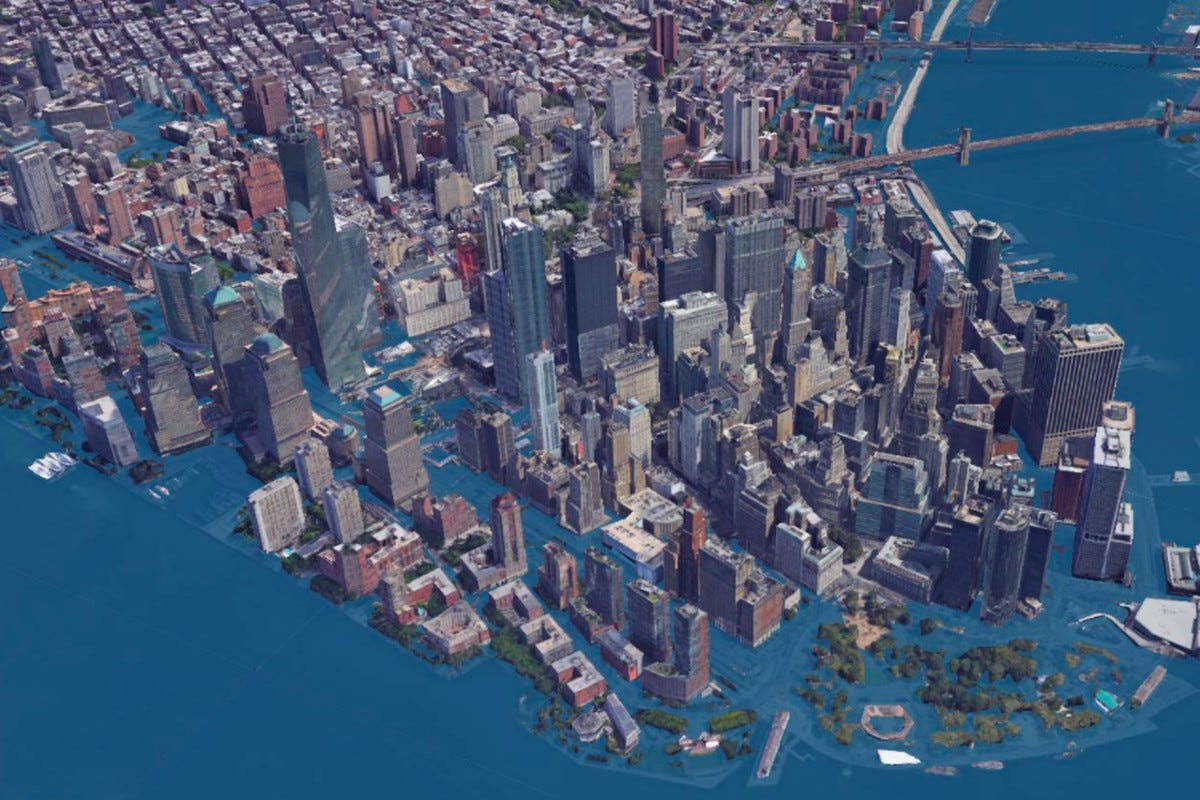


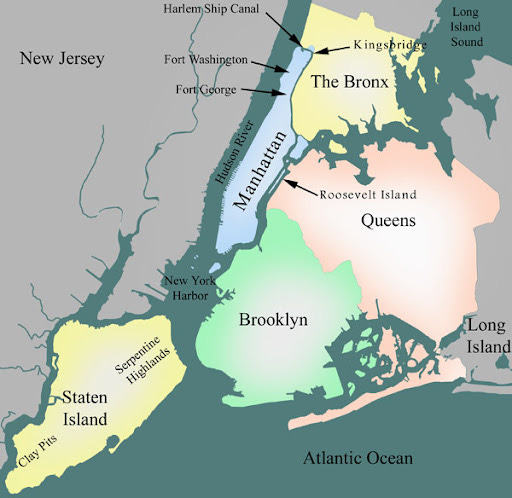
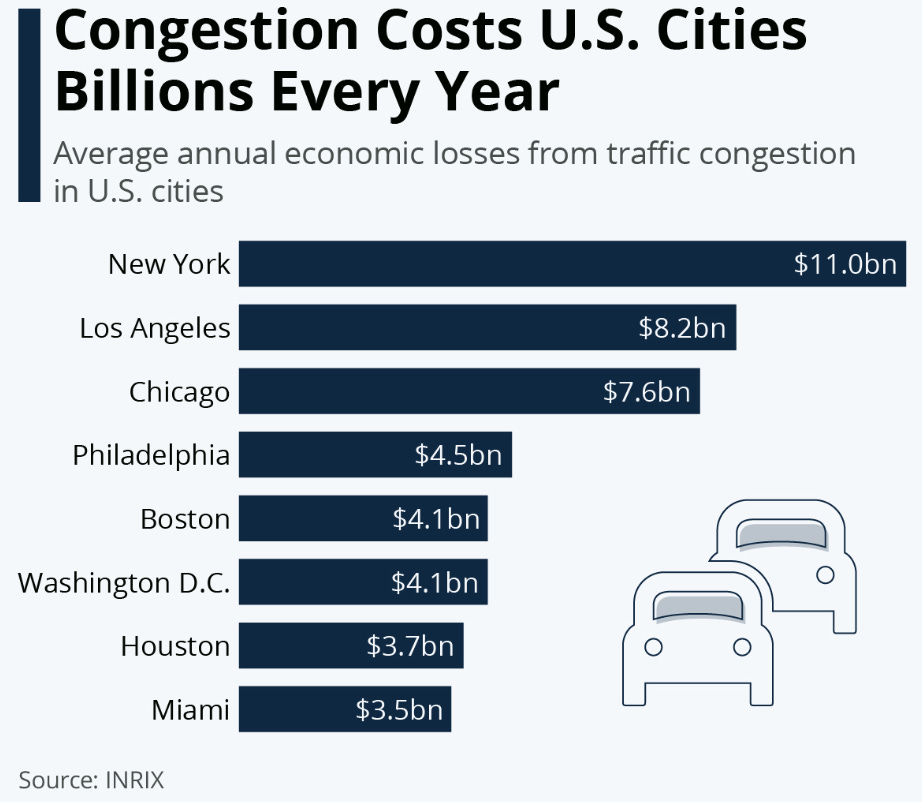



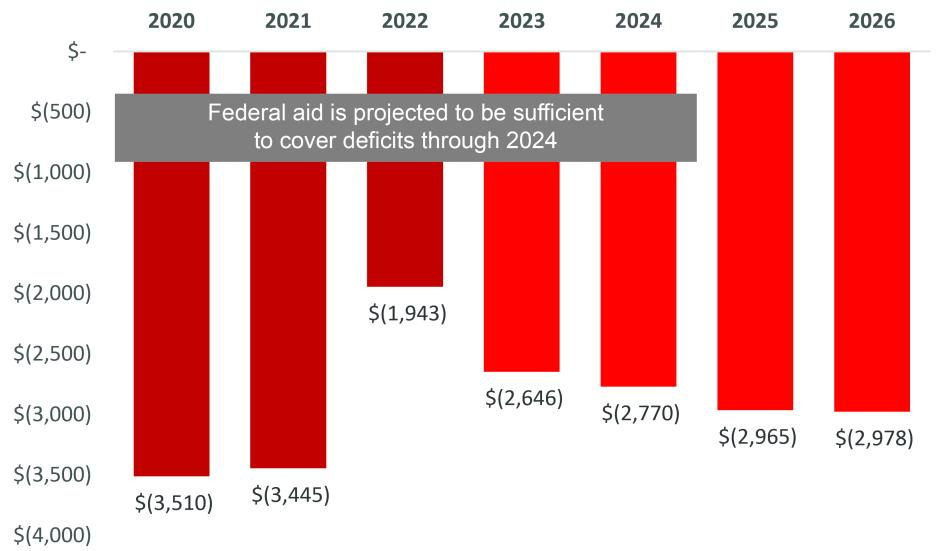










so we end up with mass suburban sprawls or ghettos in rural states?